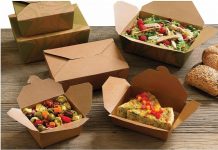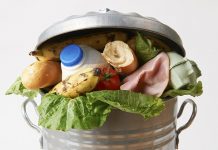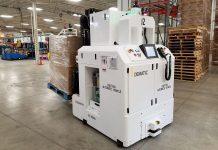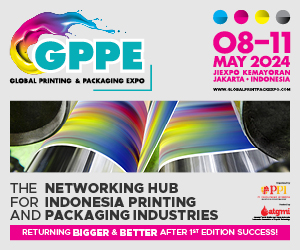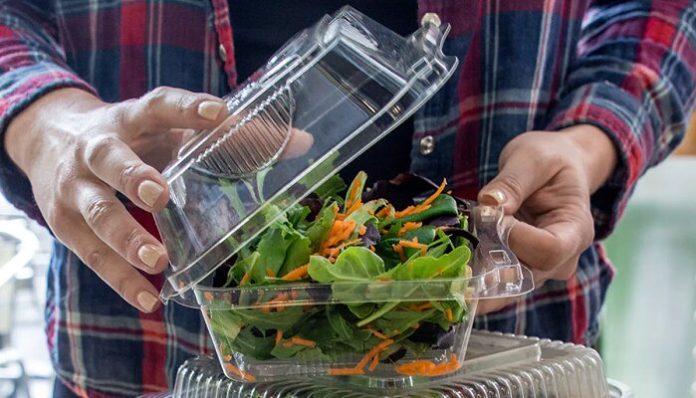Packaging innovations happen to have the potential to efficiently reduce household food waste, which not only goes on to save money for families but at the same time reduces the emission of greenhouse gases that cause an adverse effect.
But a recent academic study has gone on to confirm that a significant number of consumers in lack a basic understanding when it comes to the methods and benefits of such innovations in packaging.
A study which is called Packaging and Household Food Waste Intersections: Facts and Consumer Awareness, which was conducted by Michigan State University’s School of Packaging and got the sponsorship of AMERIPEN and the Environmental Research and Education Foundation- EREF, has gone on to find that consumers often lack awareness about the advantages when it comes to certain packaging solutions in terms of preserving food freshness and reducing waste. When consumers are more knowledgeable about the packaging features that help preserve food for a longer period, they are more inclined to pinpoint such packaging in case of shopping at the grocery store. The findings go on to indicate a major opportunity so as to educate consumers and also raise awareness about the significance of packaging in terms of reducing food waste.
The study that happens to be conducted by MSU looked to determine the types of food that get wasted the most in households throughout the US. Moreover, participants were asked questions in order to gauge their knowledge with regards to the importance of specific types of packaging in terms of reducing food waste. More than 1,000 consumers, who represent a diverse range of demographics such as gender, age, income, education level, location, etc., were a part of the study.
As per the findings, the most commonly wasted food categories happen to be fruits and vegetables, dairy, and prepared foods. In fruits and vegetables, the majority of the waste happened to be of whole fruits and vegetables, making up more than three-quarters of the total. The most items which were commonly discarded happened to the likes of bananas, lettuce, and strawberries.
The participants said that the most wasted food group happens to be discarded whole fruits and vegetables, accounting for more than half- 56% of the total waste. It is well to be noted that these fruits and vegetables had no packaging and even got spoiled before they could be consumed.
According to the 2017 study titled Value of Flexible Packaging in Extending Shelf Life and Reducing Food Waste, packaged bananas have a majorly longer shelf life as compared to unpackaged bananas.
In the category of prepared foods, it was ascertained that fresh, ready-made meals happened to be 74% of the waste. Similarly, when it came to the dairy products wasted by participants within their households, milk constituted 68% of the total pie. When investigated closely, researchers at the MSU went on to discover that assessing the condition or food waste stage in households went on to yield more valuable insights into the packaging’s significance.
It is well to be noted that the researchers from MSU highlight the fact that food labeling is a regular cause of confusion for many consumers. The sell-by date is intended to provide retailers with guidance on when to sell or expel food products from store shelves. Although the date labeling part is not an accurate indicator when it comes to food safety, it is generally perceived to be so by many consumers. The MSU study goes on to provide numerous examples that underscore the confusion consumers face with regards to food labels. These examples further help the ongoing call so as to further revamp and standardize food packaging labeling. Such steps would be indeed be advantageous when it comes to reducing waste.
The study goes on to offer valuable insights into consumers’ wants and anticipations regarding their food packaging. Researchers went ahead with conducting a poll so as to gauge the importance of packaging features in the endeavor to lessen the household food waste. The participants were asked to determine the most critical elements, and their responses brought to light food freshness, package resilience, and also product dating as the top priorities. This data happens to offer a strong motivation for leaders in the packaging industry so as to safeguard the present solutions and further surge food protection technologies. The advancements will not only make sure of better preservation of products but, at the same time, enhance the communication of information pertaining to product freshness.
It is well to be noted that active packaging, modified atmosphere packaging- MAP and also intelligent packaging happen to be well-known methods among industry professionals in order to extend the shelf life of fresh produce. These techniques effectively lessen food waste. But unfortunately, consumers lack enough knowledge when it comes to the functioning of these advanced packaging technologies. Only a very small proportion of people were able to identify which food items, packaged using different technologies, would have a longer shelf life correctly. When participants were asked about the impact of intelligent packaging, MAP, and active packaging in keeping food fresh, only 32%, 28%, and 23% of them, respectively, chose the right answer. These percentages were pretty low compared to other packaging methods that were found to be less impactful. Additionally, when consumers were asked about aseptic packaging as well as retort packaging, their performance happened to be even worse, as they opted for the correct answers only 16% and 9% of the time, respectively. The study went over to reveal that consumers possess a majorly greater understanding of vacuum packaging. As per the survey, a significant majority of respondents, i.e., 80%, consistently identified vacuum packaging as the most impactful and effective method in order to keep the food fresh, as compared to other less effective packaging methodologies that are available.
Apparently, the participants were well-informed in terms of traditional packaging formats, with a major focus on convenience. For instance, the majority of respondents correctly pinpointed bottles and jars as the most suitable formats in terms of resealability. The users also identified bottles and cartons as the optimal choice for easily emptying their contents correctly. Apart from this, they accurately pointed out that cans as well as bottles are the most convenient formats when it comes to securing grip and protection against any physical damage. Simultaneously, MSU went on to discover that consumers happen to have a higher tendency to purchase food items that have zipper seals or peelable and resealable lids. But they are less inclined to buy products that are packaged in upside-down tight containers or even multipacks, which look forward to minimizing food waste that results from excessive purchases.
This research happens to have the potential to upgrade the industry’s understanding when it comes to the relationship between food, packaging, as well as consumer behaviour. The study shed light on the issues as well as opportunities that the packaging industry happens to face. It is quite evident that there is a requirement for further efforts in order to educate consumers about the ways in which packaging can aid in prolonging the shelf life of food as well as making household grocery budgets go further. Given the concern among consumers when it comes to climate change, it is essential for this sector to enhance its efforts so as to effectively convey the importance of packaging when it comes to preventing food waste as well as reducing landfill usage.
It is well to be noted that the availability of this new data happens to offer a great opportunity to start a comprehensive discussion within the sector. One can explore ways to come up with innovative packaging designs, advocate for policymakers to take into account the importance of packaging in reducing food waste, as well as educate consumers on this matter. The innovations in this industry happen to be already making major strides when it comes to reducing food waste. But it is crucial for consumers to acknowledge the value of packaging so as to fully maximize its potential. In the ongoing efforts to offer consumers enhanced food packaging options, it is equally very essential to focus on educating them. This will make sure to help them completely understand the advantages to themselves, the environment, and the industry.









